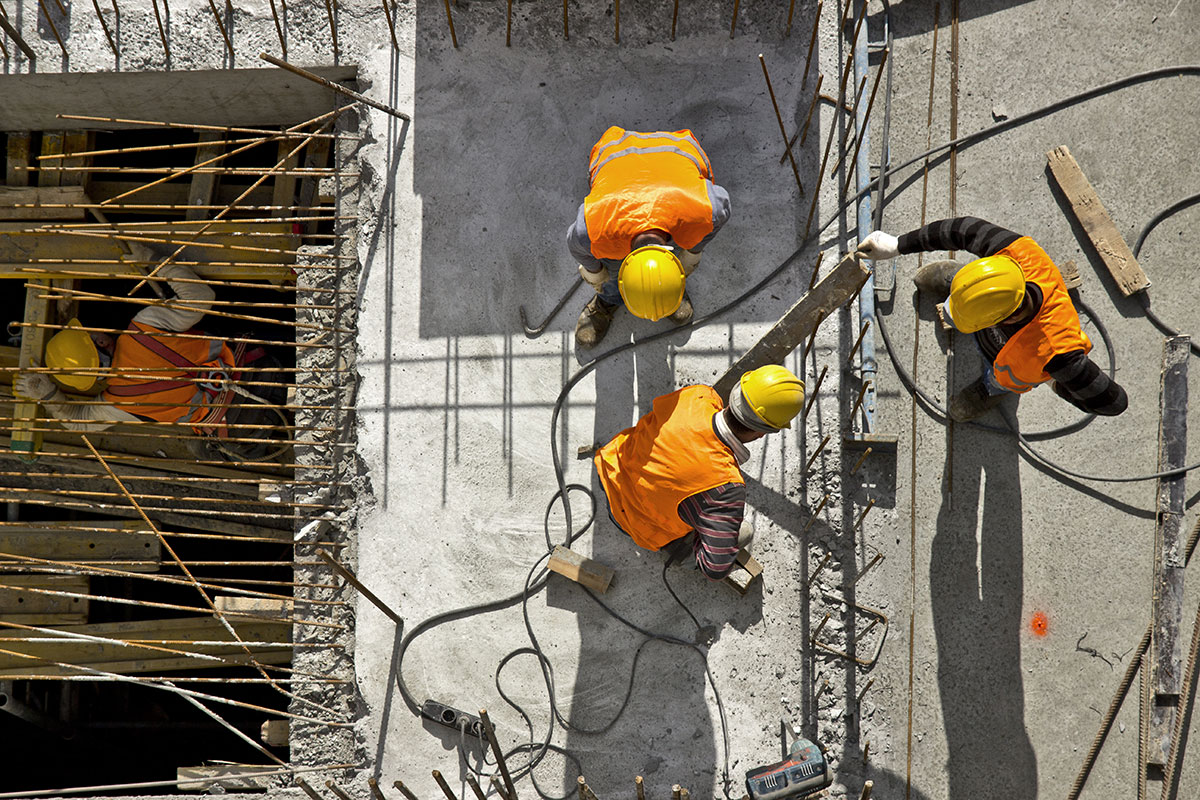If you’re like most of us, when 3:00pm comes around, you’re reaching for a cup of coffee or some sort of caffeine to provide you with a pick-me-up. Maybe you’re lucky enough that a bit of sunshine and fresh air will do the trick and perk you right up. Nevertheless, we all suffer from the afternoon slump from time to time.
However, this is very different from being on a job site and becoming fatigued. Fatigue can show up in many different ways, whether it is physical or mental and can pose a serious threat to the safety and the well-being of others around them due to a decrease in alertness and energy.
Fatigue is a serious concern on the job site and it should not be taken lightly.

Why Construction Workers Suffer from Fatigue
The construction industry is a high-stress, high-risk, high-effort environment, which is prime for employee fatigue. Due to the nature of the industry, construction workers typically work longer hours because their schedules become compressed. This may lead to overtime or even double shifts to meet tight project schedules. Construction is also transient work, so employees often spend significant time commuting to job sites, greatly decreasing the amount of true downtime they have.
In addition to the long hours, construction is traditionally very difficult physical work, taking a toll on employees’ bodies. A significant portion of this work is also done while exposed to the elements, whether it be the heat in the summer or the cold in the winter. As if that wasn’t enough, construction workers are typically exposed to other hazards such as extreme noise, as well as chemicals and hazardous materials. While they may be protected from these items, they add additional strain to the work.
All in all, construction is very demanding, both mentally and physically, and if not managed properly, can significantly affect your health.
Help Your Crew Avoid Fatigue
The good news is that fatigue can be avoided, especially when we are aware of the warning signs.
It is important to monitor the workload of employees on site. While many will jump at the chance for extra cash, too much overtime can be a bad thing. It ultimately lowers productivity and puts employees at a higher risk of fatigue. It’s also important that employees take regular breaks. This doesn’t just mean 15 minutes every four hours or so, but a regular vacation or day off to recharge the batteries.
In addition to managing staff workload, we can use technology to help reduce fatigue. Proper equipment, tools and new technology, such as exoskeletons, can reduce the physical strain on the body. Simple monitoring devices like wearable technology can remind staff to take a break, get a drink of water or step out of the sun. These tools are a great help in managing fatigue caused by being overworked.
It is also important to have a culture that supports employee wellness and allows staff to openly communicate about personal or professional problems. Supportive cultures will ensure that staff are not mentally or physically run down, which will help reduce the risk of fatigue on the jobsite.
Our crew is our most valuable asset. Burnout and fatigue are real challenges in the construction industry and have a significant impact on our bottom line. Putting programs in place that encourage employee wellness and awareness of fatigue is a great step towards avoiding potentially catastrophic consequences.
